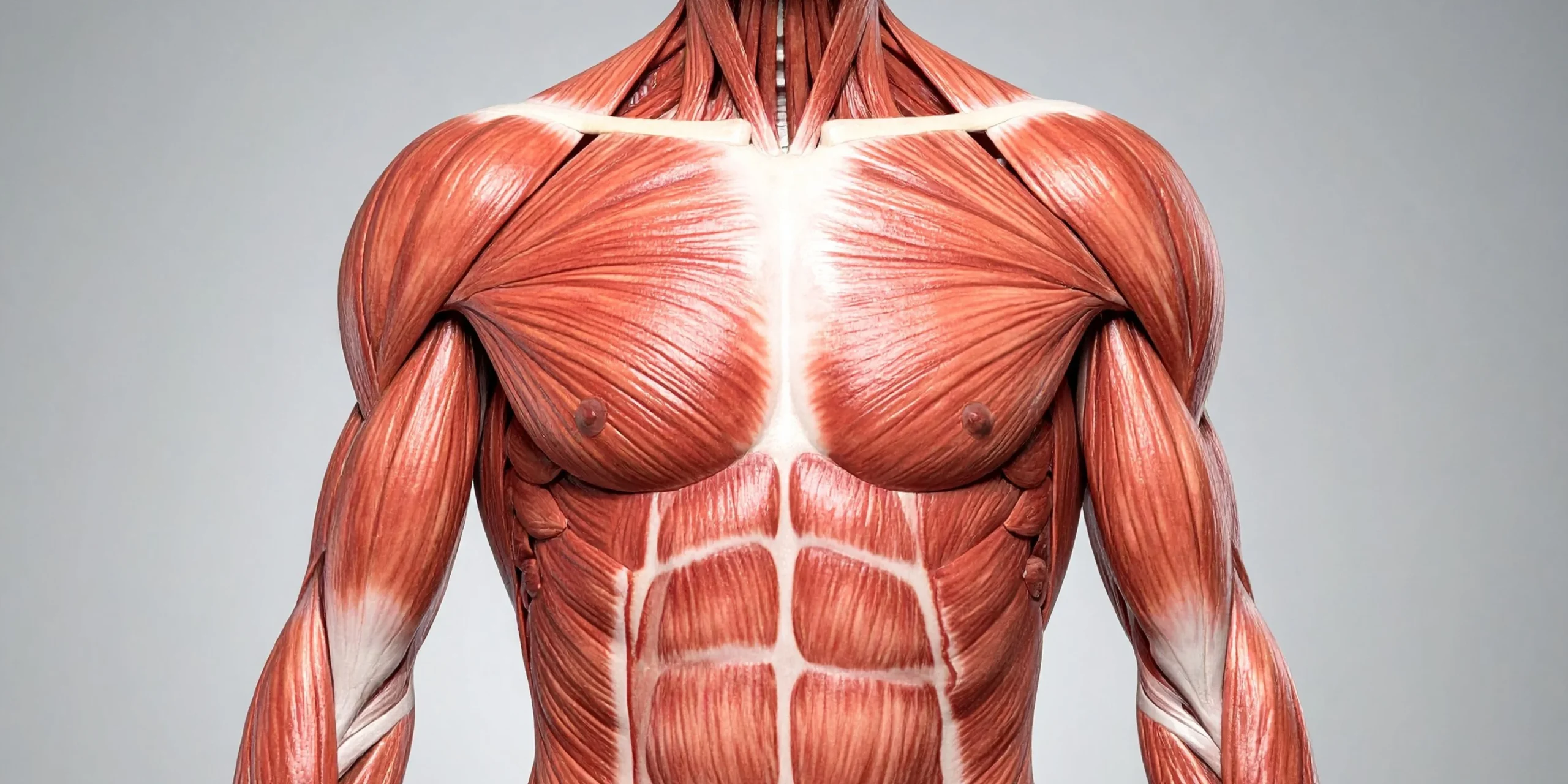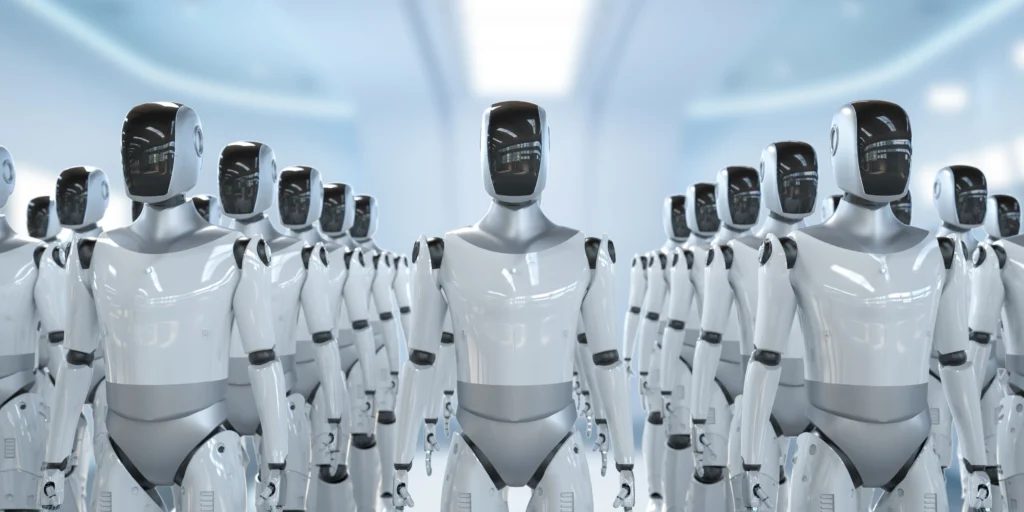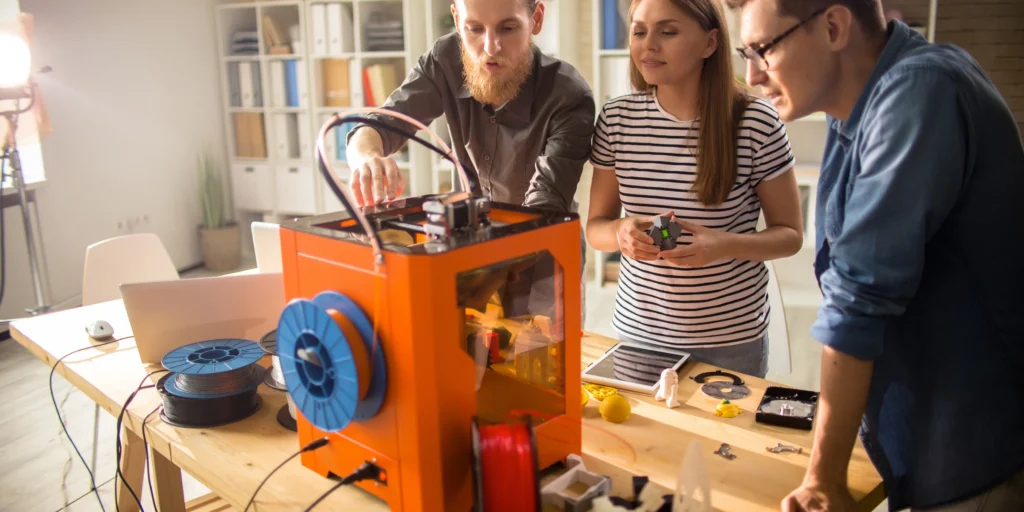Why It Matters
The idea of powering technology with the human body once belonged to the realm of science fiction – think The Matrix or cyberpunk novels. But in 2025, the fusion of biology and electronics is stepping into reality. Engineers are now developing wearables, implants, and microdevices that run on the body’s own heat, motion, or even biochemical reactions. The result? A future where charging cables may be as outdated as floppy disks.
What It Is
Human-powered technology harnesses energy generated naturally by the body – thermal, kinetic, or biochemical – to fuel electronic devices.
- Thermal energy: Captures body heat and converts it to electricity.
- Kinetic energy: Uses motion, like walking or even a heartbeat, to power sensors.
- Biochemical energy: Taps into glucose or sweat for micro-power generation.
This field, known as bioenergy harvesting, has gained traction as devices shrink and energy efficiency improves.
Applications Already Emerging
1. Wearables That Never Need Charging
- Smartwatches using thermoelectric generators to run continuously on body heat.
- Fitness trackers powered by motion energy during exercise.
2. Medical Implants
- Pacemakers and glucose monitors fueled by biochemical processes, eliminating risky battery-replacement surgeries.
- Neural implants using micro-harvested power for brain-computer interfaces.
3. Everyday Electronics
- Headphones or hearing aids with no external charging.
- Smart clothing embedded with energy-harvesting fibers.
4. Military & Space Use
- Soldiers wearing uniforms that double as portable power grids.
- Astronaut suits capturing body energy to extend mission endurance.
Benefits
- Sustainability: Cuts down on disposable batteries and e-waste.
- Convenience: No more charging anxiety for wearables or medical devices.
- Health & Safety: Reduced need for surgeries in implant patients.
- Self-Sufficiency: Useful in off-grid or extreme environments.
Challenges & Ethical Questions
- Energy Limits: Current systems generate small amounts, enough for microdevices but not laptops or phones (yet).
- Data & Surveillance: Wearables already track sensitive health data; combining that with bio-power raises new privacy concerns.
- Accessibility: High costs may limit adoption at first, creating health-tech divides.
- Human as Resource: Raises dystopian concerns about treating people as energy sources.
Outlook
According to a 2024 report by the International Energy Agency, bioenergy harvesting could replace up to 30% of battery needs in wearables and medical devices by 2030. Companies like Matrix Industries and research teams in Japan and Switzerland are already bringing prototypes to market.
What once sounded like cyberpunk fiction is now a very real engineering frontier. By the end of the decade, our bodies may routinely double as portable charging stations.
Practical Takeaway
Keep an eye on wearables and medical tech announcements: the first mainstream “self-powered” consumer gadgets are likely to appear before 2027. If your smartwatch charged itself from your pulse, would you buy it?
Sources
- International Energy Agency (IEA) 2024 bioenergy report
- MIT Media Lab wearable energy research
- ETH Zurich human-powered implant studies
Check more Tech Innovations or explore AI breakthroughs.








Leave a Reply